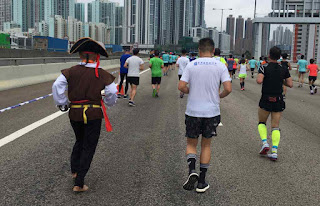I went with my wife to see a movie last evening and ended up wondering whether I could have survived in East Germany. Before I went, I had a vague idea that the movie was about some repressive regime and was prepared to be depressed. I went away with decidedly mixed feelings. On the one hand, it was heartening to see that some humanity may manage to survive in a repressive regime such as East Germany. On the other hand, I believe I would not survive in East Germany and probably do not wish to.
“The Lives of Others” was set in East Germany in 1984, 5 years before the Berlin Wall came down. Playwright Dreyman was staying out of trouble by toeing the party line. But Culture Minister Hempf ordered Stasi, the notorious secret police, to put the apartment that he shared with his girl friend, actress Sieland, under surveillance because Hempf coveted Seiland.
Stasi officer Wiesler was sent to plant listening devices in Dreyman’s apartment and to eavesdrop on them continuously, taking copious notes, including when they came in and out, spoke, ate, slept and had sex. Dreyman and Sieland remained blissfully oblivious of the surveillance.
Dreyman secretly wrote an article about suicides in East Germany for the famous West German magazine Der Spiegel. The Staci suspected Dreyman but could not find the evidence. Eventually Sieland was pressured to sell out Dreyman. Just before the Staci moved in to take the incriminating typewrite from Dreyman’s apartment, however, Wiesler removed the typewriter. But Wiesler could not prevent Sieland from committing suicide when she realised that Dreyman was going to find out that she betrayed him.
Wiesler, Dreyman and Hempf all survived the coming down of the Berlin Wall in 1989, and the unification of Germany.
The oppressive atmosphere as depicted in the movie, said to be rather realistic, was truly depressing. You have to bury your humanity completely in order to survive. I don’t think I could. And I don’t want to. So I won’t.
East Germany is now gone. But repressive regimes remain. Is humanity improving?










































